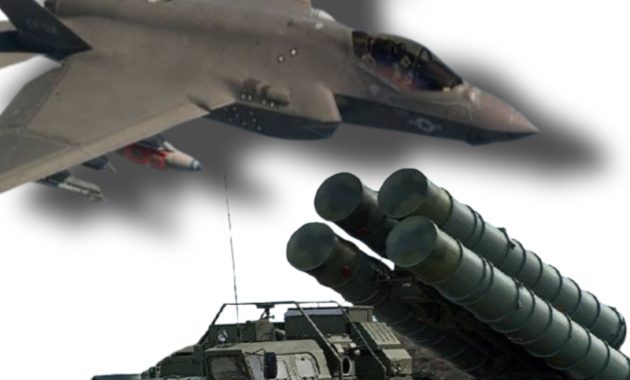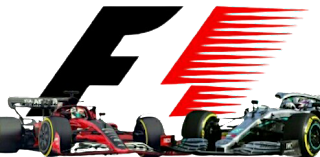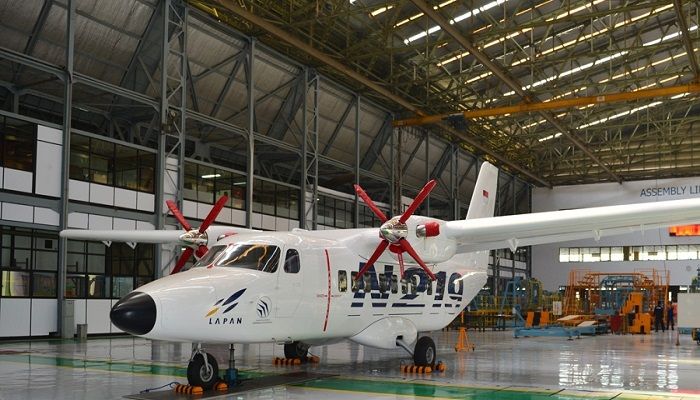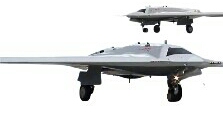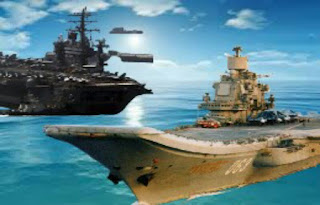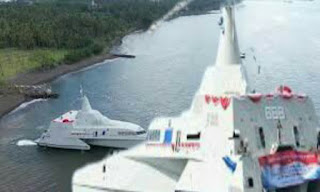WorldTekhno.com – Turkey’s presidential elections were held on May 14, but have yet to produce a majority of votes that could approve a candidate to become president. This is because Erdogan’s highest vote count has not yet crossed the 50% + 1 threshold as an absolute condition for victory.
And May 28, 2023 will be decisive for Turkiye, whether to return pro to the United States (US) or remain Turkish, typical of President Recep Tayyip Erdogan, which is difficult to manage.
As is well known, Turkey has been expelled from the F-35 Program by the U.S. because under the leadership of President Recep Tayyip Erdogan Turkey opposed Washington’s policy of banning the purchase of the S-400 Air Defense System from Russia.
In this Turkish presidential election, Erdogan only won 49 % of the vote, 5 % ahead of his toughest competitor, opposition leader Kemal Kilicdaroglu, who won 44 % of the vote. The Turkish presidential election must also go into two rounds to be held on May 28 to determine the winner.
Kilicdaroglu promised to return the Turkish state to a “true democracy”. Turkey could begin to reorient itself towards the West and better align itself with its NATO partners. Turkey will also join NATO’s policy against Russian aggression in Ukraine, writes Airforce Technology.
Meanwhile, if Erdogan can retain power again, as he has for decades, Ankara will likely continue to reposition itself geopolitically. Türkiye will be a link between East and West, but potentially more aligned with Moscow.
Turkey’s move away from Western power structures and toward Russia has been a trend for years, and Ankara is likely to feel rejected by prolonged European Union membership.
One aerospace and defense analyst, James Marques of GlobalData, said there is a possibility that Turkey will re-enter the F-35 Program.
Despite this scenario, Ankara must conduct a broader reassessment of the country’s entire defense industry strategy.
“The program will bring many economic benefits at a time when Turkey is struggling, and the new deal could be a symbol of a tense reset in relations with the West. But it is not as simple as it seems, the U.S. is likely to want something in return,” Marques said.
Turkey’s current defense minister insists that all they want is the return of the money they have invested in the F-35, but this could be a bluff and may soon be gone, he added.
The biggest obstacle to Turkey’s re-entry into the F-35 program, according to Marques, is the S-400 missile system it acquired from Russia in 2019.
“The U.S. has tried to gain access to these systems both for their intelligence and for possible donations to Ukraine, but they may never deliver Turkiye F-35s as long as they have 400,” Marques said.
Even with the prospects for both, competing technologies within the same military are considered too great an intelligence risk. Turkey will continue to invest in long-term domestic defense projects, but has also shown a willingness to buy a mix of foreign equipment while developing its own capabilities.
According to Marques, the Turkish military favors a strategy of investing in a mix of new equipment while upgrading older systems, which he describes as a high-low mix.
Turkiye sees high-end platforms used against larger threats and more affordable tools for smaller ones for everyday needs.
“You can see this in their current fleet of jets with the old F-4s and the new F-16s and Army tanks. The TF-X is currently unproven and the costs may be too high, especially with the bad economic situation. A new government may also change things. But Turkey often wants to mix domestic and foreign kits,” Marques explained. ***

